PROTECT YOUR DNA WITH QUANTUM TECHNOLOGY
Orgo-Life the new way to the future Advertising by Adpathway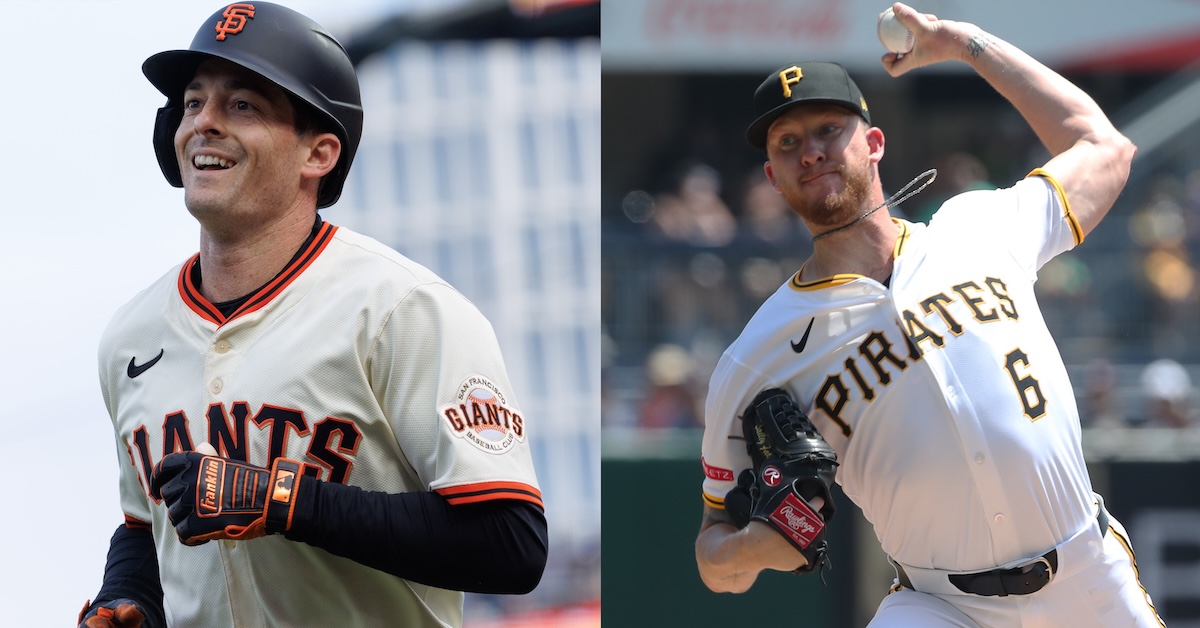 Sergio Estrada and Charles LeClaire, Imagn Images
Sergio Estrada and Charles LeClaire, Imagn ImagesAt the time of this writing, the Kansas City Royals’ playoff odds sit at 12%. They’re 54-55, 3.5 games back of the third AL Wild Card, packed in tight with a bunch of average teams chasing the major contenders, including the Rangers, Guardians, Rays, and Angels. (I’m going to go ahead and count the Twins out.) It’s a tough spot. You don’t necessarily want to go all in with a 12% chance of making the playoffs, but it’s a good enough shot that a sell-off would go down pretty poorly.
Threading this needle with precision, the Royals made a series of moves that filled key roster holes without gambling away any significant long-term pieces. The first of those went down yesterday morning, when they picked up two solid, controllable right-handers in Ryan Bergert and Stephen Kolek in exchange for backup catcher Freddy Fermin.
Later in the day, the Royals made two more trades. The first further shored up a depleted rotation; the second improved a truly abysmal outfield. First, they brought in lanky left-hander Bailey Falter from the Pirates, parting with up-and-down lefty Evan Sisk and Callan Moss, a first baseman with a .790 OPS in High-A who went undrafted in 2024. And a few minutes after the deadline passed, Jon Heyman reported that they’d picked up Mike Yastrzemski from the Giants for A-ball hurler Yunior Marte.
Let’s start with the pitchers. The Royals’ rotation, key to their surprising 2024 playoff run, is now a walking hospital. Staff ace Cole Ragans went down in June, surfacing briefly after a groin injury knocked him out in May only to fall victim to a rotator cuff issue just one start after returning. (He may be back in late August or September.) This month saw Michael Lorenzen hit the IL with an oblique strain, and pop-up sensation Kris Bubic ruled out for the year with a rotator cuff issue of his own. After Kansas City tragically DFA’d Rich Hill on Tuesday, their rotation was down to three healthy arms: Seth Lugo, Michael Wacha, and rookie Noah Cameron.
It goes without saying that isn’t really a tenable situation for a team that wants to make a run at it. Davy Andrews covered the Bergert/Kolek acquisition, so I won’t spend too much time on those two guys, but both are big league quality arms and should end up on the major league roster in some capacity.
As for Falter, the Pirates had evidently soured on the extendo man. Per MLB.com’s Alex Stumpf, Falter was seen as a potential non-tender candidate. (He is due to hit arbitration for the first time this winter, and is out of minor league options.) At first glance, that’s a little surprising: Falter has delivered 113.1 innings of 3.73 ERA ball for a pretty thin rotation, and the Pirates just gave him away for a modest price.
The underlying numbers aren’t as pretty. He’s striking out fewer hitters than Kyle Hendricks this year while walking more than the league-average pitcher. It’s not hard to see where the Pirates are coming from.
But too tight of a focus on his K-BB% might miss what makes Falter special: He’s 6-foot-4 and gets 7.3 feet down the mound. If that’s not the most extreme extension-to-height ratio in the big leagues, it’s pretty close. The extension doesn’t just increase the perceived velocity of his fastball; it also lends a funky visual, distorting hitters’ ability to easily pick him up.
A funky look and a long stride isn’t enough to turn Falter into an ace, or even a mid-rotation starter. Even with plus-plus ride, his fastball sits at just 92 mph, and he’s yet to develop a quality secondary offering. But it’s intriguing clay for the Royals to mold, and they’ve got three more years of team control after 2025 to deploy what I think is an underrated pitching development operation in the service of his improvement. In the short-term, he’s a guy who can deliver respectable innings in a big league rotation down the stretch.
The return for Falter features two prospects with clear strengths but limited upside. Sisk is 28 and destined for bullpen work. Here’s what Eric Longenhagen had to say about him:
Sisk is an big league-ready lefty specialist reliever with an extreme cross-body delivery. He’s a nightmare for lefties, against whom his slider plays like a plus-plus pitch. Sisk has held lefty batters to a .621 OPS in 2025 while righties have a .950 OPS against him. His fastball is parked at 91, and he throws a lot of cutters to righties to try to keep them off the scent of his fastball. You have to really dominate lefties to be worth rostering as a lefty specialist these days, but Sisk appears to be of that ilk.
Moss is a bit more of a long-shot big leaguer. Eric also sent along some thoughts on Moss:
Moss grew up in Brooklyn and was just a little kid when his cousins, former NFL running backs Cedric Peerman and Donald Brown, began their pro careers. He attended Seton Hall for two years before transferring to Division-II Saint Leo’s for his draft year. Moss went to the Appy League and crushed there before the draft, winning the league’s Player of the Year award, but he still went undrafted. Now he’s had two strong offensive seasons in pro ball, slashing .270/.372/.418 in 2025 prior to this trade. Moss’ swing is a doppelgänger for Tyler Locklear’s pre-change swing. His hands are ultra-strong through contact, and Moss has pretty good barrel feel for a recent small school guy, but it takes him a while to get on plane with the baseball and he drives a ton of contact into the ground right now. There’s real hand speed here, and okay feel to hit, but of course the righty-hitting standard at first base is very high. Moss has put himself on the radar but probably needs a swing tweak to have a firm big league projection.
The Yastrzemski side involves a bit more risk. Marte, the A-ball pitcher going back to San Francisco in exchange for Yaz, has posted impressive statistics over an 82-inning sample this season. In May, Eric assigned him a 40+ FV, noting his projectable 6-foot-5 frame, a repeatable delivery, and a fastball that can touch 97. He also noted to me that Marte’s ability to zone his fastball has improved in the months since that May write-up.
That sounds like a pretty nice prospect to get for two months of Yastrzemski, who is running a 97 wRC+ with so-so defense in a corner outfield spot and is a free agent this offseason. Over 600 plate appearances, that’s roughly a 2-WAR player. That might not sound like the most exciting addition in the world, but to the Royals, that sounds like an ice-cold glass of water on the hottest day of summer… in a sauna.
Pre-deadline, the Royals’ outfield was a group is among the worst in the league. Both corners merited inclusion in Jay Jaffe’s Replacement-Level Killer series. Collectively, their outfielders are posting a 61 wRC+ this season, good for -2.6 WAR. Even a replacement-level outfielder would give the club a serious boost; Yastrzemski is decidedly above that level, particularly if he’s shielded from lefties (81 career wRC+ against same-handed pitching, 10 wRC+ this season.)
Because of the Randal Grichuk acquisition from a few days ago, that should be eminently possible. I’d be surprised if Yastrzemski faced a single left-hander pitcher with Grichuk now in the fold; together, they ought to form something like a 115ish wRC+ platoon while doing a respectable job in right field. Given what Kansas City has gotten from that spot so far, it is an incredible upgrade, up there with the most impactful of the entire deadline, though that’s perhaps more of a comment on who Yastrzemski is replacing than Yastrzemski himself.
If the Royals were out here dealing 50 FV prospects for Eugenio Suárez or Jhoan Duran, it might look a bit extreme. Similarly, if they had stood pat or even traded away key veterans, it would have seemed a little pathetic. In that tenuous position between contender and seller, the Royals did well, shoring up their most glaring weaknesses while risking a reasonable amount of future value.


 14 hours ago
5
14 hours ago
5


![[Highlight] “Give me a couple more looks like that!” The Marlins broadcast finds a sad yankee fan](https://external-preview.redd.it/cDZ5ZHl3bWt2aWdmMSLKQWJHViJEf2EOxXipmE7oeKkqYy5z2XU8u516P1OE.png?width=640&crop=smart&auto=webp&s=ba5c7f3687942e5b57f1609b70a4e57d0ce823f2)
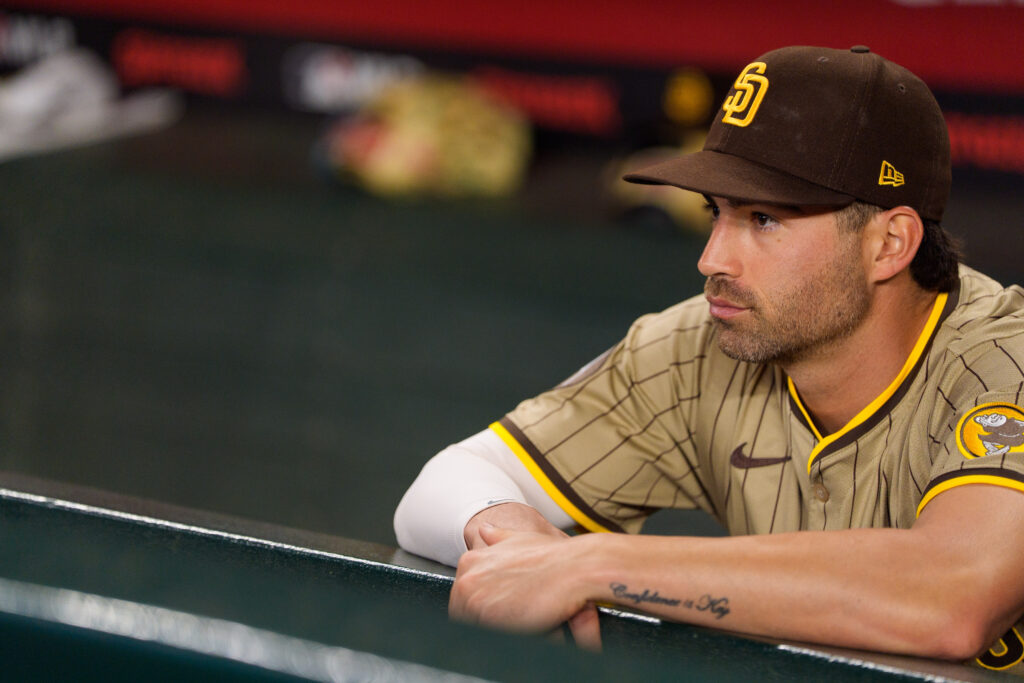




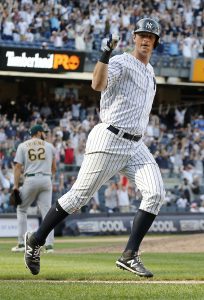
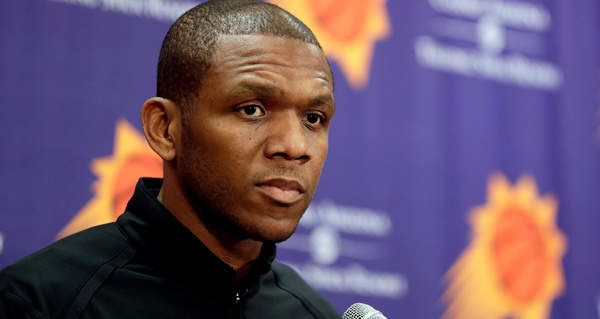
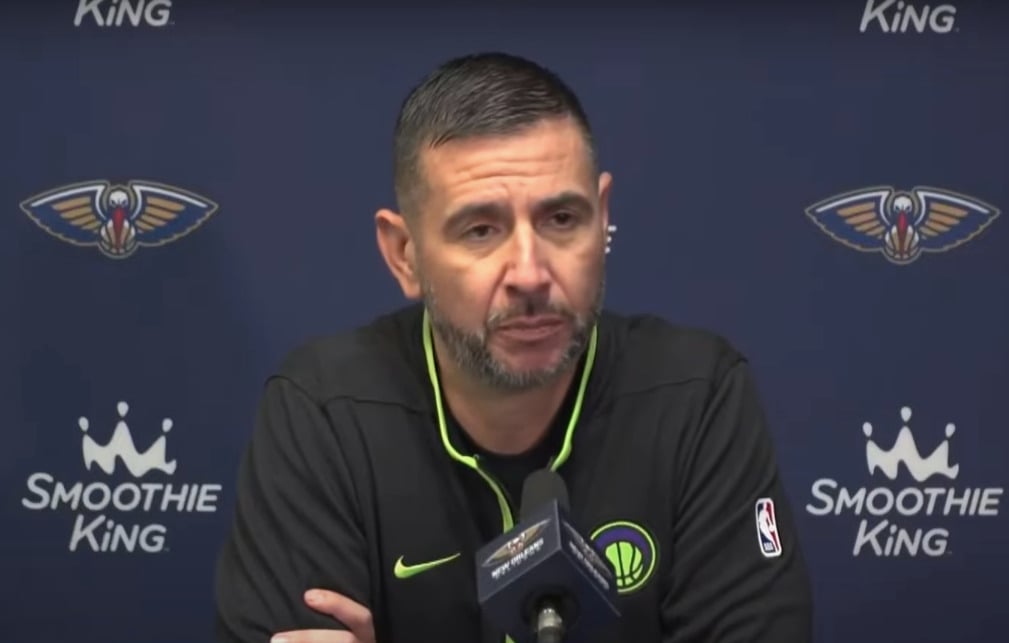
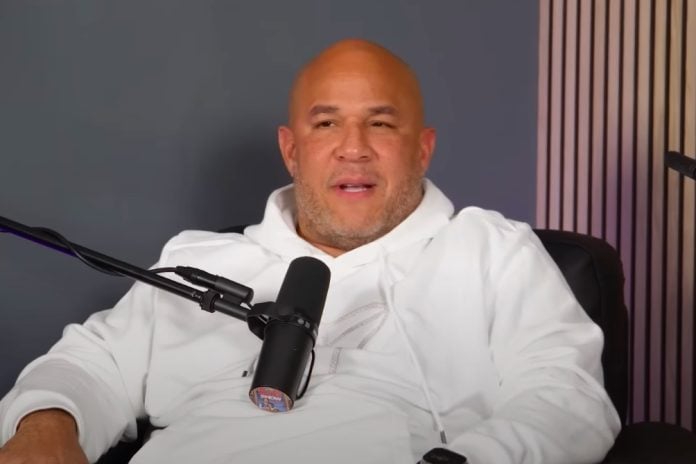
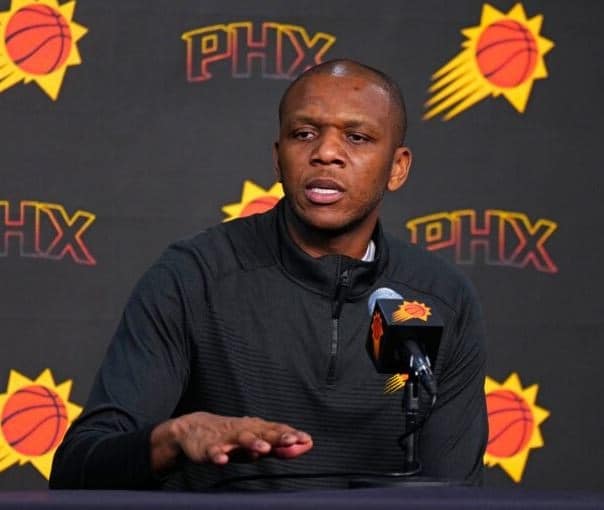

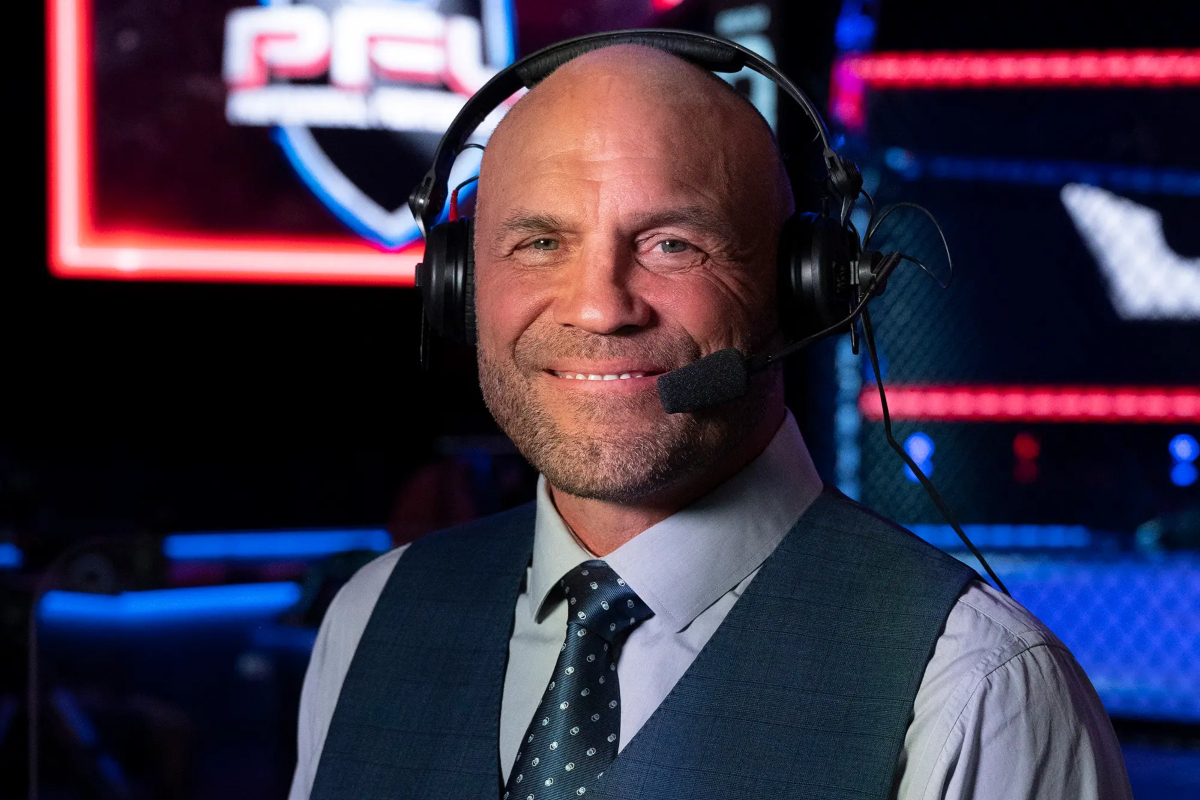
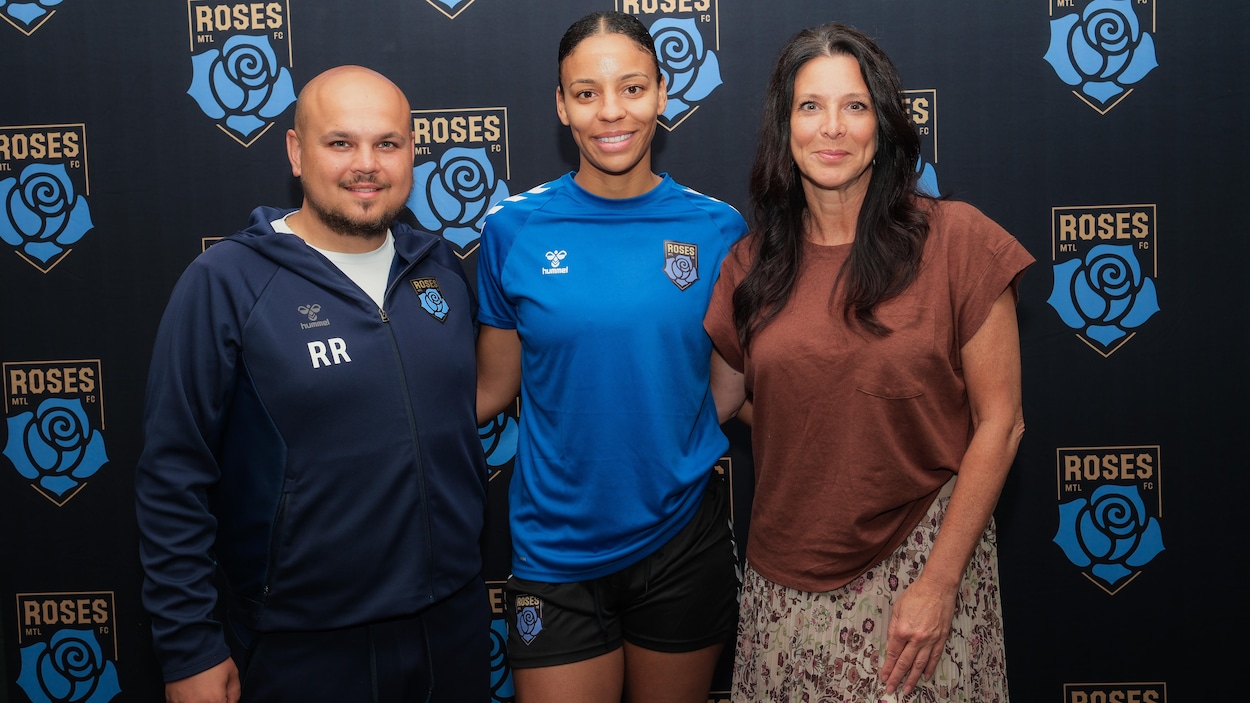

 English (US) ·
English (US) ·  French (CA) ·
French (CA) ·